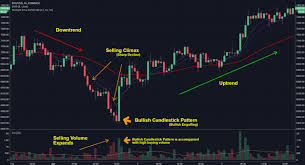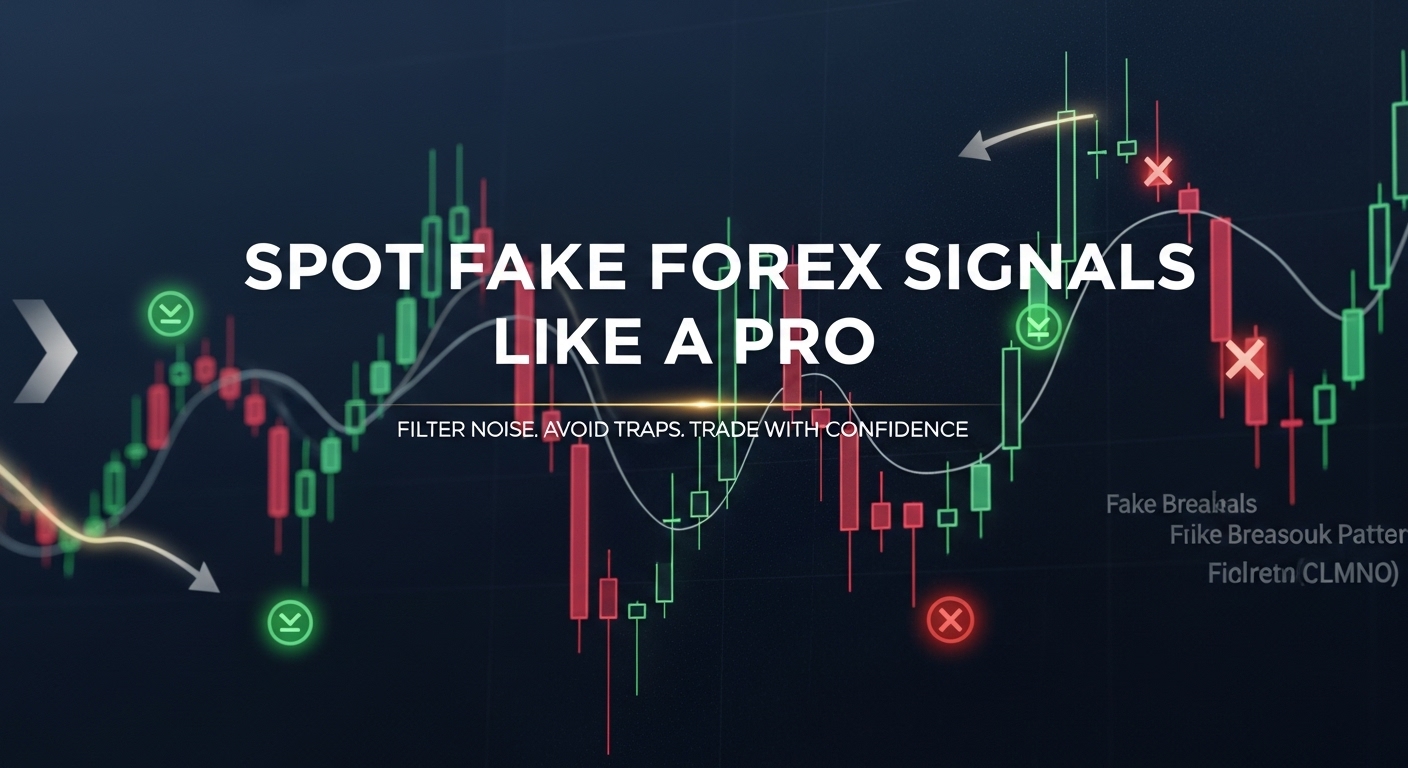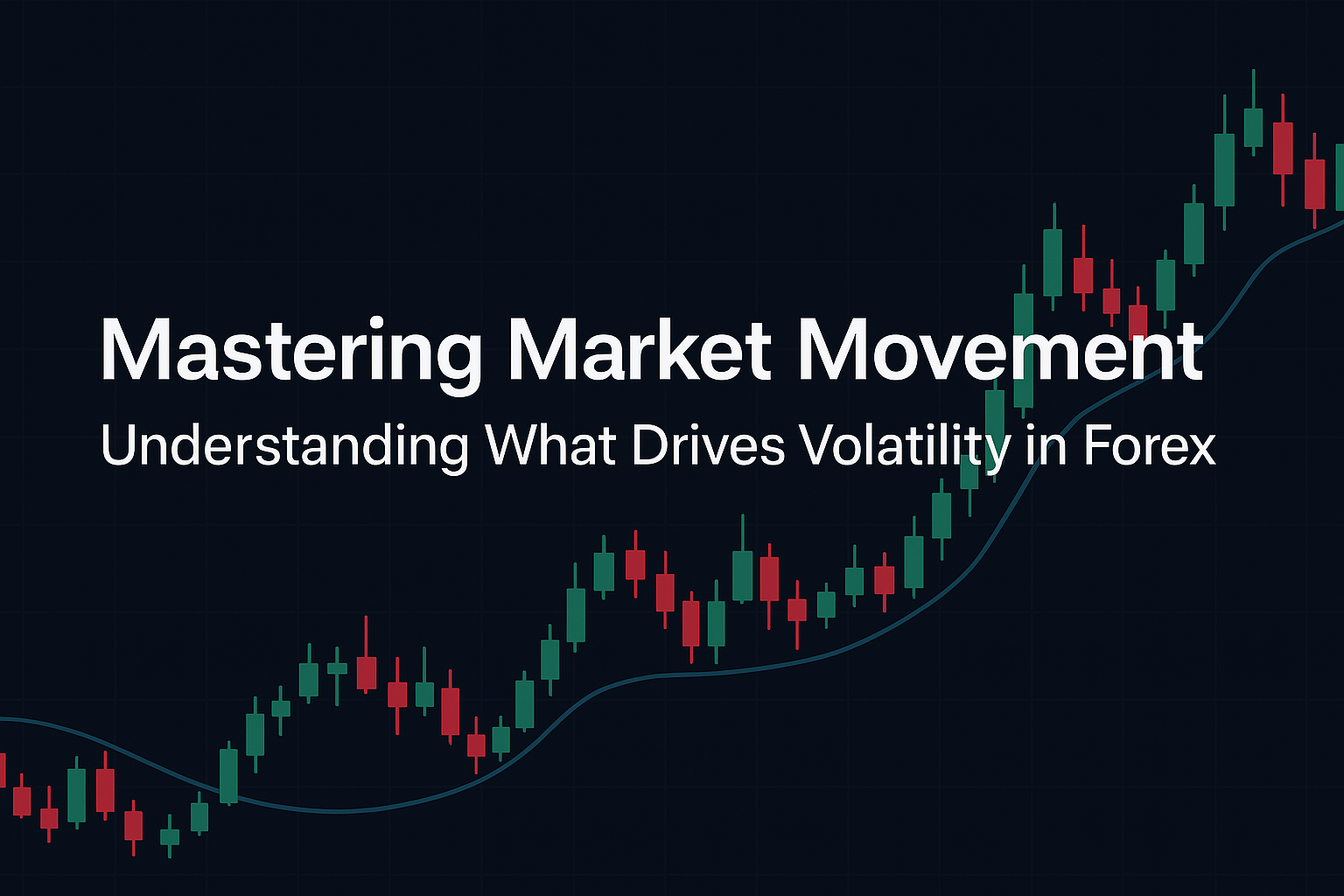Table of Contents
Market behavior is a key to successful trading. Two common yet distinct terms that often arise in the context of market trends are Buying Climax and Bull Climax. While they may seem similar, they represent different phases in market cycles and provide unique insights for traders.
What is a Buying Climax?
It occurs when the price of an asset rises rapidly, driven by excessive buying activity, often fueled by speculative enthusiasm. It typically happens near the top of a bull market and signals the end of a bullish trend. This phase is characterized by a surge in volume and price, but eventually, buying pressure starts to wane as market participants begin to take profits. Once this climax is reached, the market often experiences a reversal or consolidation.
Traders watch for signs of it to avoid entering trades too late in the bullish phase, as it usually marks an imminent peak.
What is a Bull Climax?
On the other hand, it is a sharp, explosive price movement that occurs during an ongoing bullish trend. Unlike the Buying Climax, which signals the end of a rally, it represents a final burst of buying before a correction or a prolonged period of consolidation. This sharp surge is often followed by a sharp drop or pullback as the market corrects itself.
It may be seen as the market’s last “hurrah,” where the final wave of optimism pushes prices to new highs, only to be followed by exhaustion.
Key Differences Between Them
- Timing: The first typically happens near the end of an uptrend, while a the second happens during the rally itself.
- Market Sentiment: The first suggests that buying enthusiasm is dying down, whereas the second signals a final surge of bullish excitement.
- Resulting Market Behavior: The first often precedes a reversal or bearish trend, while the second signals a brief correction before the trend resumes.
Conclusion
Both Climax are critical signals for traders to recognize, as they provide valuable insights into potential market reversals or corrections. Understanding the difference between the two can help traders make informed decisions and time their entries and exits more effectively.




